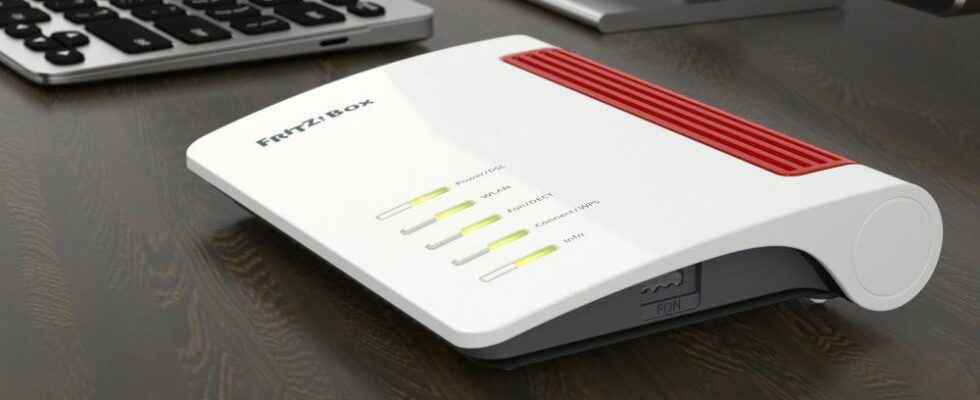The WLAN speed depends on numerous conditions, such as the distance between the router and the client and the interference signals from neighboring WLANs.
Enlarge
160MHz channel: How to speed up your WiFi
© AVM
But even under optimal conditions, you can only come close to the speed specified by the manufacturer if the number of MIMO streams and the bandwidth of the radio channels match on the router and client. Many current notebooks can use 160 megahertz wide channels in the 5 GHz band – the router should also be able to do this for optimal speed.
The data sheet or manual should state whether it can generally use 160 MHz channels. In some cases you have to import a firmware update or activate a corresponding setting in the router menu.

Enlarge
Many Fritzbox models automatically use 160 MHz wide radio channels. With other manufacturers, like here with Asus, you have to switch this on in the menu first.
With a Fritzbox you will find the information on the radio channels in the manual under “Technical data -› Connections and interfaces”. Especially high-end models like the Fritzbox 7590 (AX), the Fritzbox 6690 Cable and the 6660 Cable support the wide radio channels. From Fritz-OS 7.20 these are released, the Fritzbox activates them automatically. For other models such as the Fritzbox 7580, AVM will provide this function via firmware upgrade – the 160 MHz channels will work here from Fritz-OS 7.25.
Fritzbox routers in comparison: which is the best model?
Important: The Fritzbox 7590 (AX), for example, supports up to four MIMO streams. However, only a few 11AC clients for the 7590 can do this and currently none with Wi-Fi 6 (AX-WLAN). Nevertheless, you can get the best speed with a client that offers two MIMO streams as long as it uses 160 MHz channels when transmitting WiFi. Because then the Fritzbox establishes the connection with two MIMO streams and 160 MHz channels instead of four streams and 80 MHz channels – both result in the same gross data rate. However, the data transfer is more susceptible to interference due to the wider radio channels. For this reason, it may be that the Fritzbox can only use the 80 MHz channels on the 5 GHz frequency in environments with many neighboring WLANs or switches down from 160 MHz to 80 MHz so that a stable connection can be established.
Tip:
13 tips for more speed in the home network
